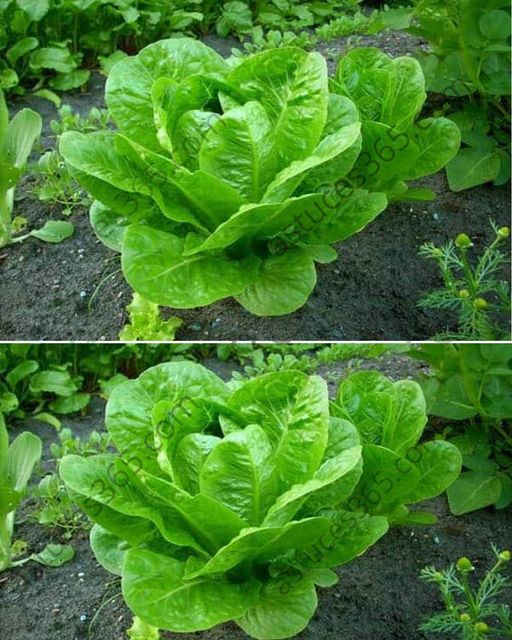For many centuries, lettuce has delighted us with its diverse varieties. An essential vegetable in the vegetable garden, easy to grow, quickly discover everything you need to know about lettuce!
1 – THE TYPE OF SOIL
Lettuce likes to thrive in well-drained, moist soil that has been organically enriched with compost or organic manure. Although the soil should be moist, it should not be soggy.
If you have soil that is too heavy, then you can add organic compost/manure or grow a cover crop.
Lettuce likes slightly acidic soil with a pH of around 6.0 to 6.5
Mulch can be applied to the soil to help with soil water retention and also help prevent weeds. An alternative to organic mulch is black plastic with holes to let lettuce pass through. However, plastic will not provide the soil with nutrients like organic mulch would.
Lettuces should be watered regularly to ensure that the soil does not dry out. Pour water at the base of the plants rather than on the leaves because watering the leaves can encourage disease.
2 – WHEN TO SOW IT?
Depending on the types and species, lettuce is sown in place and in rows from February to October. The earlier we start, the more it will be necessary to protect the seedlings with bells, frames or tunnels.
For summer sowing, germination is difficult above 20°, so it is preferable to sow them in the shade or in a slightly cool place. Plant a small quantity of lettuce regularly, thin the plants well to 25/30cm to harvest them very green and crunchy. Depending on the seasons, you can do:
- Summer sowing: in the nursery or in place, from April-June.
- Fall sowing: you could always sow in place, from May-June.
- Winter sowing: sow your seeds in the nursery, from August to October.
- Spring sowing: in the nursery, between February-March.
It should be noted that it is grown very well and easily in a pot to place on your terrace or balcony. But once the young plants have 4 leaves, transplant them to a permanent location.
3 – HOW TO PLAN SALADS?
The soil that will accommodate your salads must be loosened and cleared of stones, weeds and roots. It must also be fresh, light and enriched with compost or crushed horn.
To avoid the chore of thinning, it is preferable to plant in a row or square rather than in a row.
Cover the seeds with a thin layer of soil, press down with the back of the rake, then water with rain.
You can also sow in pots. In this case, after 2 weeks, when the plants have 2 leaves, you can transplant them, after cutting the top of the leaves. If you don’t want to go through the sowing stage, there are salads ready to transplant, sold in pots.
4 – DISEASES AND PESTS OF HEAD LETTUCE
- Damping off causes plants to disappear when they emerge. Sow less densely, aerate and be sure to water moderately.
- Slugs devour young lettuce, provide iron-based granules.
- The larvae of wireworms (or wireworms) dig galleries at the collars; the plants die. Make traps with potatoes cut in half or peelings. Encourage the presence of ground beetles, hedgehogs and birds.
- Keep slugs away as soon as they germinate, ventilate the frames or tunnel often. Keep the soil cool and hoe at the base of the lettuce.
5 – HARVESTING THE LETTUCE
Harvest your salads, lettuce or romaine when the core has reached a good size.
- When harvesting, do not pull out the roots as you will prevent it from making new leaves.
- It is best to use a good knife and cut the lettuce 2 cm above the crown.
- Leave the white part and new shoots will quickly appear for another harvest.
- Water regularly to keep the soil moist.
- It is absolutely necessary to harvest before going to seed.
